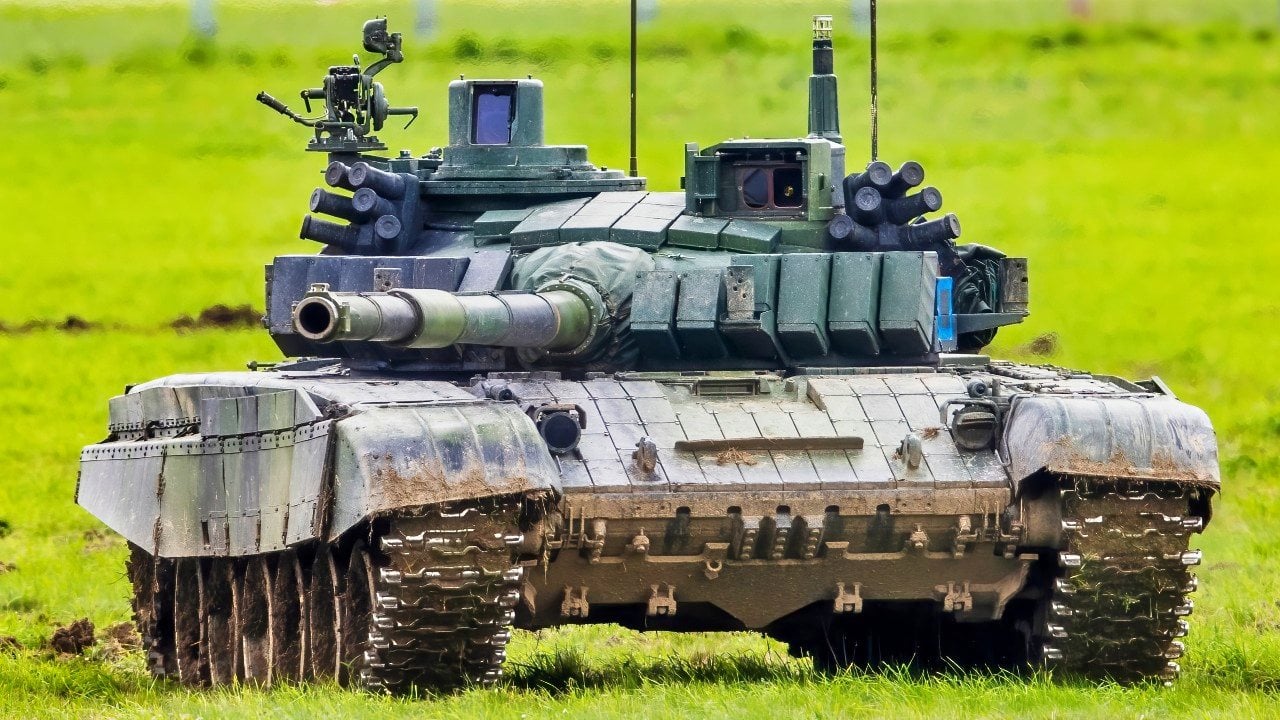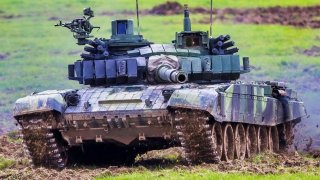1 Million Casualties: Ukraine War Is 1 of the 'Deadliest in European History'
The war in Ukraine has become one of Europe's deadliest conflicts, with Russia experiencing the highest losses. British Military Intelligence estimates that Russia has suffered over 610,000 casualties (killed and wounded), while the Ukrainian Ministry of Defense puts this figure at around 635,000.
Summary and Key Points: The war in Ukraine has become one of Europe's deadliest conflicts, with Russia experiencing the highest losses. British Military Intelligence estimates that Russia has suffered over 610,000 casualties (killed and wounded), while the Ukrainian Ministry of Defense puts this figure at around 635,000.
-Russian tactics, including mass infantry waves and poor-quality troops, have contributed to these high numbers.
-Ukrainian casualties are also significant, with some estimates placing their total at around 480,000 (80,000 killed and 400,000 wounded).
-Unlike Russia, Ukraine's forces have a higher ratio of wounded to killed, some of whom may return to the battlefield depending on the severity of their injuries.
The Ukraine War: A Conflict of Unprecedented Casualties in Europe
The war in Ukraine is becoming one of the deadliest conflicts in European history. Russia has lost the most men, but Ukraine is taking heavy losses as well.
Russian Casualties
“The war in Ukraine has been a costly endeavour for Russia, especially in terms of military personnel. Since the start of the conflict Russia has likely suffered over 610,000 casualties (killed and wounded),” British Military Intelligence assessed in its latest estimate on the war.
The Ukrainian Ministry of Defense puts Russian casualties even higher, to approximately 635,000.
One of the main reasons for the Kremlin’s very high losses is the tactics Russian commanders use on the battlefield.
“Tactics based on mass infantry waves has required Russia to continuously replenish front line forces with a constant stream of new recruits,” British Military Intelligence added.
Russian commanders have reverted to antiquated tactics for a couple reasons. First, the Russian military doesn’t have the infrastructure and sophistication to support large-scale combined arms operations and maneuver warfare. As a result, Russian commanders just push their troops toward Ukrainian defenses like flocks of sheep.

Second, the quality of Russian troops isn’t good. The Kremlin might be very good at force generation – feeding the meatgrinder with new troops for almost three years – but the quality of those who fight on the frontlines is questionable, to say the least. The lack of sophistication of Russian leadership combined with the poor quality of Russian frontline troops limits options.
The Ukrainian Numbers
But what about Ukrainian casualties?
The exact number of Kyiv’s losses is hard to pinpoint. Unlike its Ukrainian counterpart, the Russian Ministry of Defense has no credibility whatsoever, so any figures coming out of the Kremlin can be tossed aside. On the other hand, Kyiv has been understandably cautious about releasing any data. Ukrainian President Volodymyr Zelensky will occasionally announce some numbers, but these statements are rare.
Here at The National Interest, we have assessed that the total conflict casualty figures likely hover around the 1 million mark, with Russian losses making up the majority. Now, a Wall Street Journal article supports that assessment. According to the piece, confidential Ukrainian estimates from earlier in the year put the number of Ukrainian losses at around 480,000 (80,000 killed, 400,000 wounded).
One thing that is certain is that the Ukrainian forces have suffered more wounded than killed in action. And that can matter depending on the type of wound. An amputee wouldn’t be able to go back to the frontlines – though he could still serve as a drone operator or a trainer – but a troop wounded with a gunshot wound or shrapnel could return to the fight.
About the Author:
Stavros Atlamazoglou is a seasoned defense journalist specializing in special operations and a Hellenic Army veteran (national service with the 575th Marine Battalion and Army HQ). He holds a BA from the Johns Hopkins University and an MA from the Johns Hopkins’ School of Advanced International Studies (SAIS). His work has been featured in Business Insider, Sandboxx, and SOFREP.
Image Credit: Creative Commons.


